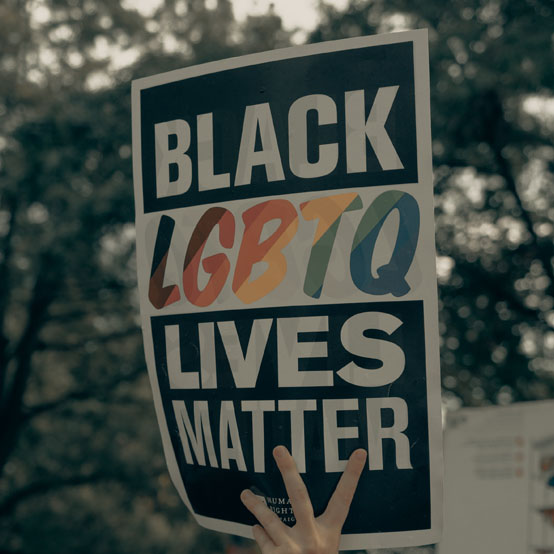
Black Lives Matter is an anthem, a slogan, a hashtag, and a straightforward statement of fact. While it is not a new movement, the message is central to the nationwide protests happening right now. BLM speaks out against the police brutality and systemic racism that caused the recent deaths of George Floyd, Ahmaud Arbery, Tony McDade and Breonna Taylor, as well as the thousands of violent incidents that happen to Black people that aren’t recorded, aren’t reported or aren’t afforded the outrage they deserve. At its most basic level, it calls for a shift in the statistics that Black people are twice as likely to be killed by a police officer while unarmed, compared to a white individual. According to a 2015 study, African Americans died at the hands of police at a rate of 7.2 per million, while whites were killed at a rate of 2.9 per million.
One of the goals of the Black Lives Matter movement is to raise awareness that we, as a nation, need to reconsider our priorities. Right now, there are U.S. institutions and systems that act as if black lives don't matter. For example, according to a report by American Progress, in 2015, each of the 10 states with the highest percentage of Black residents reported state and local policing expenditures of more than $230 per resident per year. That’s at least 328 times more than what each state spends on enforcing anti-discrimination laws.
If you break your arm and go to the doctor, and the doctor says “all your bones matter, not just your arm.” You’re gonna look at them stupid because yes, all your bones matter but they are fine, your arm needs attention rn. BLM is that arm, saying all lives matter is redundant.



Accessibility of a system describes its ease of reach, use and understanding. In terms of user experience design, it can also be related to the overall comprehensibility of the information and features. It helps shorten the learning curve associated with the system.



What project do you have in mind?



